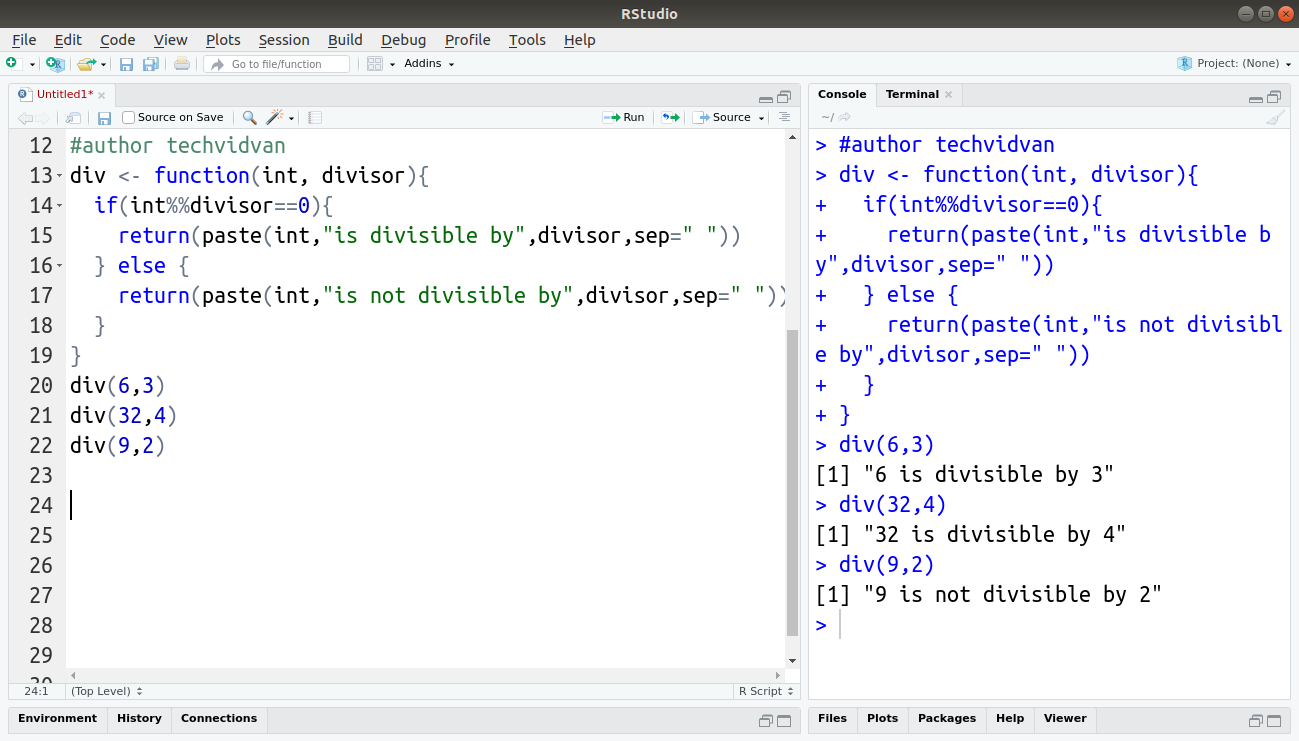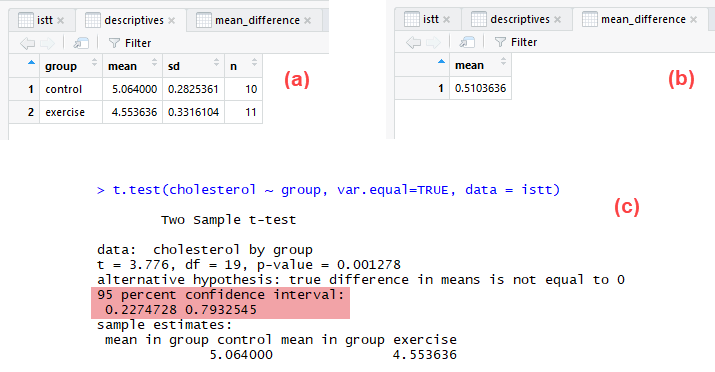6710222 views on Imgur. R - Strings; R - Vectors; R - Lists; R - Matrices; R - Arrays; R - Factors; R - Data Frames; R - Packages; R - Data Reshaping; R Data Interfaces; R - CSV Files; R - Excel Files; R - Binary Files; R - XML Files; R - JSON Files; R - Web Data; R - Database; R Charts & Graphs; R - Pie Charts; R - Bar Charts; R - Boxplots; R - Histograms; R - Line. Act Number 350 of the 1954 Louisiana Legislature enacted Chapter 6 of Title 32 of the Louisiana Revised Statutes and the Louisiana Motor Vehicle Commission was created. The Declaration of Public Policy (LSA-R.S. 32:1251) sets forth the reasons for the enactment of this statute by stating.

The grepl R function searches for matches of certain character pattern in a vector of character strings and returns a logical vector indicating which elements of the vector contained a match. TRUE if the element contains parameter ‘'a'' we passed and FALSE if not. Example how to use grep: x. Both are Turing-complete programming languages, so you can implement any algorithm in both. The only (and major) difference is that R is a domain-specific programming language and Python is a multi-purpose one. That is to say, some things.
An operator is a symbol that tells the compiler to execute particular logical or mathematical computations. R language comes with binary and logical operators that make programmers' life easy. Please note that binary operators operate on vectors and matrices as well as scalars. Let's see more about not in operator in this article.The not in operator is a logical vector, negating the %in% operators on the same arguments.
The not in r is the Negation of the %in% operator. The %in% operator is used to identify if an element belongs to a vector. The ! indicates logical negation (NOT).A 'NOT IN' operator that is cognitively simpler than the more verbose! x %in% table
Ms Access Not Equal Operator
. See the following syntax of %!in%. Please note that the NOT IN(%!in%) is not an inbuilt operator like the %in% operator, but we can define it using the Negateoperator. We will see in this article that how we can define the %!in% operator and use it in the example.x
The values to be matched.
table
The values tonotbe matched against.
Operators In R

Now, we will check the vector values against this sequence and if it is included in the sequence using in operator.
You can see that 4 is in the sequence, so the %in% operator returns TRUE. 11 is not in the sequence, so it returns FALSE.
Now, let's use the %!in% operator, but the problem with this is that there is not inbuilt %!in% operator in R.
If you use the %!in% operator in R, you will face the following error.could not find function '%!in%' in r
Is Not In R
To resolve this issue, we need to define the %!in% operator. Write the following code to define the Negate %in% operator.Now, you can use the %!in% operator.You can see that v1 is included in 1: 10 but not in operator negates this. That is why it returns FALSE.
The grepl R function searches for matches of certain character pattern in a vector of character strings and returns a logical vector indicating which elements of the vector contained a match. TRUE if the element contains parameter ‘'a'' we passed and FALSE if not. Example how to use grep: x. Both are Turing-complete programming languages, so you can implement any algorithm in both. The only (and major) difference is that R is a domain-specific programming language and Python is a multi-purpose one. That is to say, some things.
An operator is a symbol that tells the compiler to execute particular logical or mathematical computations. R language comes with binary and logical operators that make programmers' life easy. Please note that binary operators operate on vectors and matrices as well as scalars. Let's see more about not in operator in this article.The not in operator is a logical vector, negating the %in% operators on the same arguments.The not in r is the Negation of the %in% operator. The %in% operator is used to identify if an element belongs to a vector. The ! indicates logical negation (NOT).A 'NOT IN' operator that is cognitively simpler than the more verbose! x %in% table
Ms Access Not Equal Operator
. See the following syntax of %!in%. Please note that the NOT IN(%!in%) is not an inbuilt operator like the %in% operator, but we can define it using the Negateoperator. We will see in this article that how we can define the %!in% operator and use it in the example.x
The values to be matched.
table
The values tonotbe matched against.
Operators In R
Let's define two vectors called v1 and v2.Now, we define the sequence of 1: 10.Now, we will check the vector values against this sequence and if it is included in the sequence using in operator.
You can see that 4 is in the sequence, so the %in% operator returns TRUE. 11 is not in the sequence, so it returns FALSE.
Now, let's use the %!in% operator, but the problem with this is that there is not inbuilt %!in% operator in R.
If you use the %!in% operator in R, you will face the following error.could not find function '%!in%' in r
Is Not In R
To resolve this issue, we need to define the %!in% operator. Write the following code to define the Negate %in% operator.Now, you can use the %!in% operator.You can see that v1 is included in 1: 10 but not in operator negates this. That is why it returns FALSE.In the second example, 11 is not included 1:10, which means negates condition returns TRUE, and it returns TRUE.
That is it for Not in operator in R.OR operator in R
Operators in R
Post Views: 471
